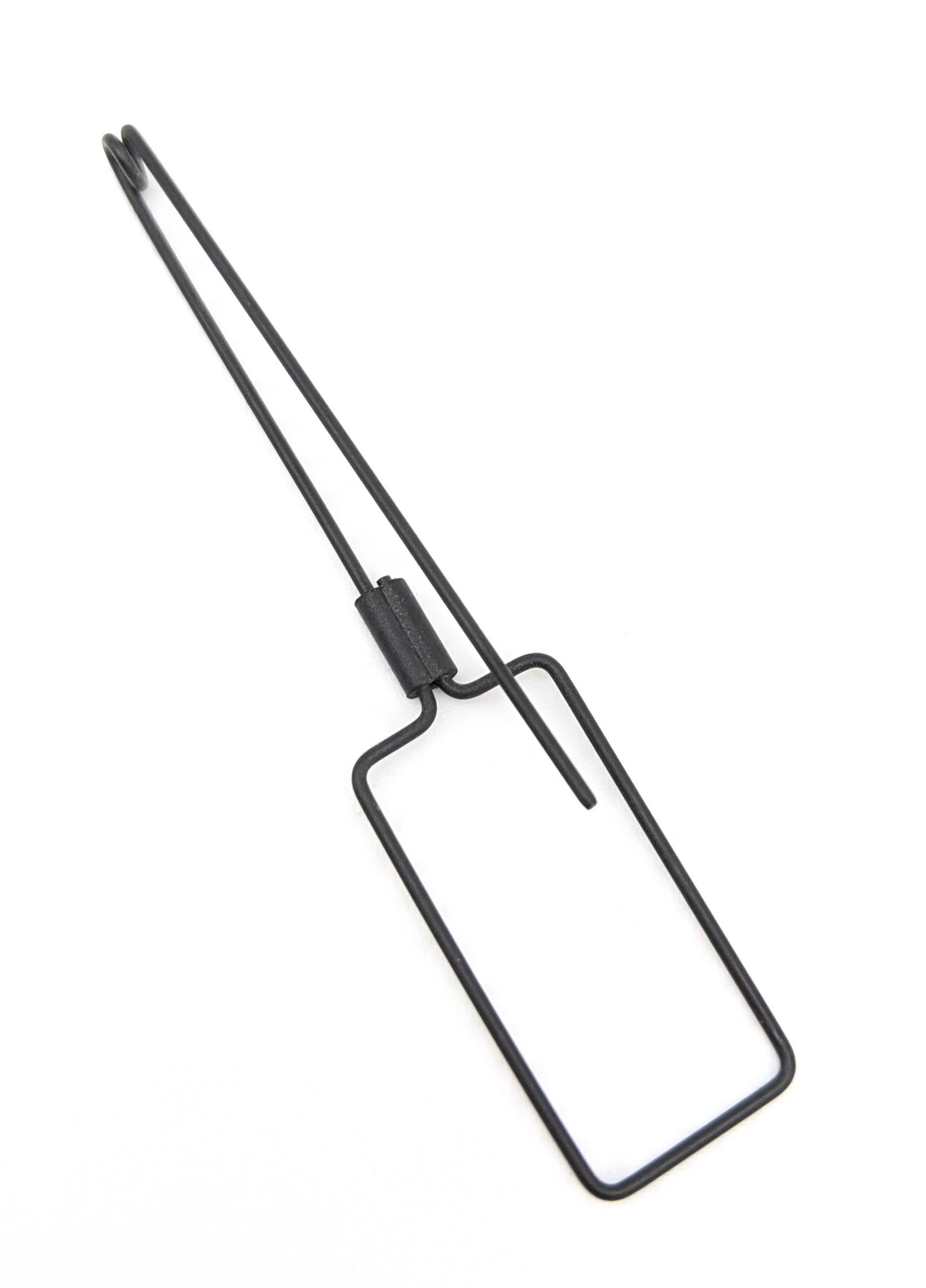Get unique, complex parts easily. No matter your requirements, Chaoyi Spring creates hard-to-produce coil springs and wire forms.
Let us help you create the custom wire form you need, from S-hooks and J-hooks to utility hooks and more.
We work closely with customers across a wide range of industries, helping them design and manufacture made-to-order parts.
Why choose Chaoyi Spring? We prioritize customer-focused collaboration, modern equipment and the latest technology to make your parts per print.
Find the information and guidance you need, from measuring a spring to learning about materials, placing an order and much more.
Coil springs are ubiquitous in our world, silently supporting our cars, cushioning our beds, and adding spring to our steps. But have you ever stopped to think about the science


Coil springs are ubiquitous in our world, silently supporting our cars, cushioning our beds, and adding spring to our steps. But have you ever stopped to think about the science behind compressing these seemingly simple components? This article delves into the fascinating world of coil spring compression, exploring the forces involved, the energy stored within, and the safety considerations that are crucial to remember.

At its core, compressing a coil spring is all about applying a force to overcome the spring's inherent resistance. This resistance, known as the spring constant, dictates how much force is needed to compress the spring a specific distance. The higher the spring constant, the stiffer the spring, and the greater the force required to compress it.
When you compress a coil spring, you're essentially converting potential energy into elastic potential energy. This stored energy is what allows the spring to return to its original shape when the force is removed. It's like a tiny rubber band, ready to release its stored energy with a snap.
The force needed to compress a spring is directly proportional to the distance compressed. This relationship can be represented mathematically using Hooke's Law:
F = -kx
Where:
The negative sign indicates that the force acts in the opposite direction to the displacement. In essence, the harder you push, the harder the spring pushes back.
The energy stored within a compressed spring can be calculated using the following equation:
U = 1/2 kx^2
Where:
This equation tells us that the energy stored increases exponentially with the compression distance.
The compression of coil springs is a fundamental principle found in a wide range of applications, from the mundane to the extraordinary:
While compressing a coil spring might seem like a simple task, it's essential to prioritize safety. Here are some crucial points to remember:
Compressing a coil spring is a fundamental principle in engineering and physics with far-reaching applications. By understanding the forces and energy involved, as well as the safety considerations, we can harness the power of springs to create innovative solutions and ensure the safe and reliable operation of various systems. From cars to computers, springs are everywhere, silently working to make our lives easier and more efficient.
The next time you encounter a coil spring, take a moment to appreciate the science behind its compression. Remember that understanding the forces, energy, and safety considerations involved will help you work with springs effectively and safely, whether you're a professional engineer or a curious tinkerer.
Browse some of the custom wire forms and springs that we manufacture. Don’t see what you need? We specialize in made-to-order products that meet your application requirements.
Visit Our GalleryNeed a custom wire form or coil spring? We make it work. Fill out the contact form and a representative will respond within 1 business day. If you have a PDF or CAD file, you can submit to request a quote.